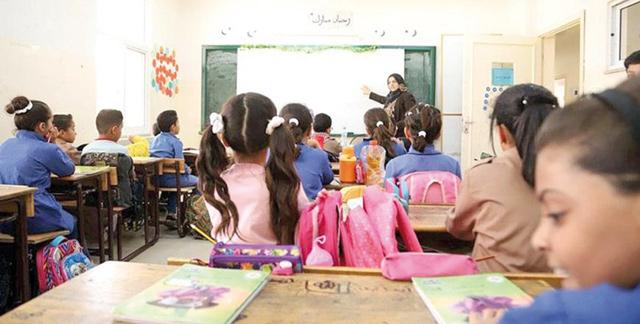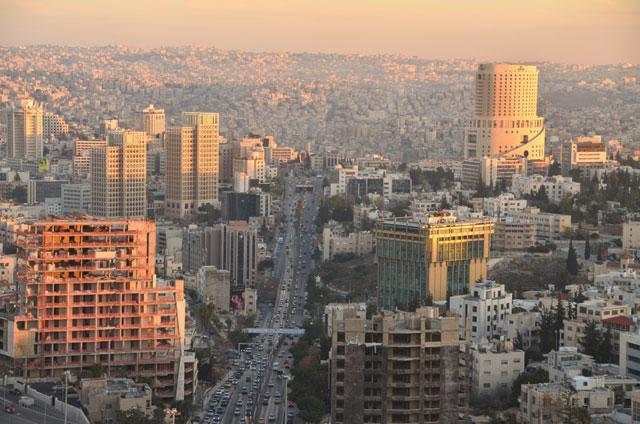You are here
Dropping out of school still a concern despite compulsory system — HPC
By Maram Kayed - Dec 13,2020 - Last updated at Dec 13,2020

The Kingdom has been able to ‘lay the foundations for a comprehensive, high-quality educational system by offering free, compulsory and inclusive education for all citizens up to the age of 16’, according to the Higher Population Council (Petra file photo)
AMMAN — Despite Jordan making “quantum leaps” in the educational sector, as put by Secretary General of the Higher Population Council (HPC) Abla Amawi, school dropout rates are still a problem.
Based on a statistical study conducted from 2011 to 2019, Amawi said that the Kingdom has been able to “lay the foundations for a comprehensive, high-quality educational system by offering free, compulsory and inclusive education for all citizens up to the age of 16.”
The enrolment rate for students up to 16 years old has reached 98.02 per cent, according to a report prepared by the council for the academic year 2018/2019.
“However, despite the keenness of the Jordanian Constitution to implement basic education, there is still a significant number of students, male and female, who drop out of school before the age of 16,” Amawi told The Jordan Times.
She pointed out that, despite the low annual dropout rates at primary level, which ranged between 0.25 and 0.38 per cent, the cumulative numbers for the years 2011-2019 “constitute a real problem”.
According to the annual statistical reports for the academic years 2011-2019, the cumulative number of dropouts at primary level reached 43,961, with “no significant difference between the two genders”.
“The problem is that dropping out of school contributes to many demographic and developmental issues, the most prominent of which is that it creates a pathway to child marriage,” said Amawi.
A study on child marriage, conducted by the council in 2017, showed that the number of women who dropped out of school and were married below the age of 18 amounted to 21 per cent of the total percentage of married women in Jordan.
As for male school students who dropped out of school, the problem is that they “enter the labour market as unqualified workforce, which is then reflected on the productivity level of the Jordanian worker”, said Amawi.
The number of Jordanian workers who did not complete secondary education is equivalent to half the number of Jordanian workers in the economy. More than a third of this group of workers earn a salary of less than JD300 per month, according to a 2019 survey by the council.
As for the correlation between juvenile problems and dropping out of school, the latest national indicators provided by the Ministry of Labour and the International Labour Organisation in 2016 indicate that the number of working children in Jordan mostly fall within the 5-17 age range, while 24.8 per cent of inmates in rehabilitation and correctional centres have a basic or illiterate level of education, as indicated by the criminal statistic reports issued by the Public Security Directorate.
“This is not to say that those who have not completed their education are criminals, but that those taken out of school are likely to fall into a cycle of crime, as the number of crimes committed by juveniles in the Kingdom averaged at 2,500 per year during the period 2014-2019,” Amawi cocluded.
Related Articles
AMMAN — Population projections for Jordanians show that the percentage of children under the age of 15 will drop as a result of an expected
AMMAN — The ministries of Labour and Interior have confirmed that joint security campaigns to address the issue of unauthorised foreign work
AMMAN — The COVID-19 pandemic has “laid bare” health and socio-economic challenges that directly impact all population groups, particularly

















